
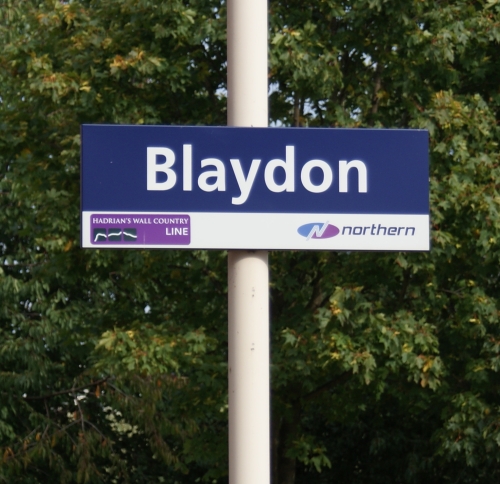
THE NEWCASTLE AND CARLISLE RAILWAY.
The Newcastle and Carlisle railway was the first transpennine route in the country opening initally between Blaydon and Hexham on the 9th of March 1835 and through to Carlisle by 1836. The first day services, hauled by locomotives Rapid and Comet, were eventful affairs with derailments of some of the coaches but the line soon settled down to provide a reliable link between the north east, north west and beyond.
BLAYDON RAILWAY STATION
Despite being replaced by Gateshead and then Newcastle as the main eastern terminus of the route, Blaydon continued to have a significant railway presence. The railway heavily influenced the growth of the town during the industrial revolution taking coal and goods made in Blaydon to the wider world. The original Newcastle and Carlisle Railway structure was rebuilt in 1912 by the North Eastern Railway. The station continued to serve the town well for the next 50 years but with the onset of better bus and road services it became progressivly more rundown during the 1960's and was eventually demolished in 1977. Blaydon was recommended for closure under the Beeching Report but this never happened and the station still survives, albeit as an unstaffed halt. Today the Newcastle and Carlisle route is still reasonably busy, with regular passenger and freight traffic. The current station has only a few daily stopping services at peak hours, west to Hexham and east to Newcastle.
The photographs below show some contrasting views of Blaydon station.
The top two photos are of the old station, looking west to east (with thanks to ISeeGateshead on-line archive). The one on the left is in 1902, on the right date unknown.
Bottom left a DMU (diesel multiple unit) approaching Blaydon from the east, on the Scotswood line. This was taken sometime in the late 1950's by Jack Teasdale. It gives a good view of old Blaydon town prior to the demolition of much of the old town centre in the late 1960's.
Bottom right is a view taken in 2009 by Stephen Veitch, showing the modern station with a steam special westbound for Carlisle.
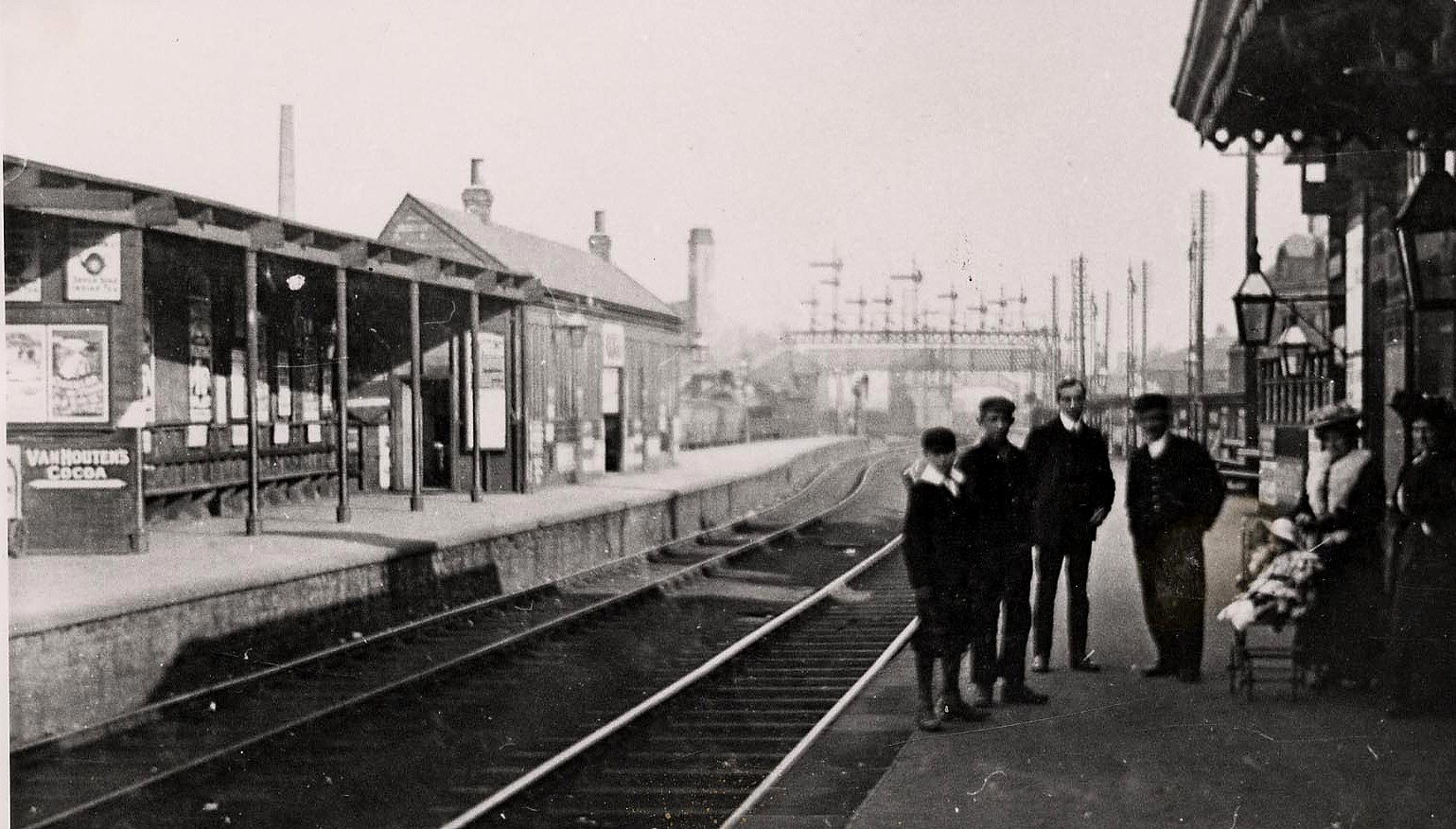
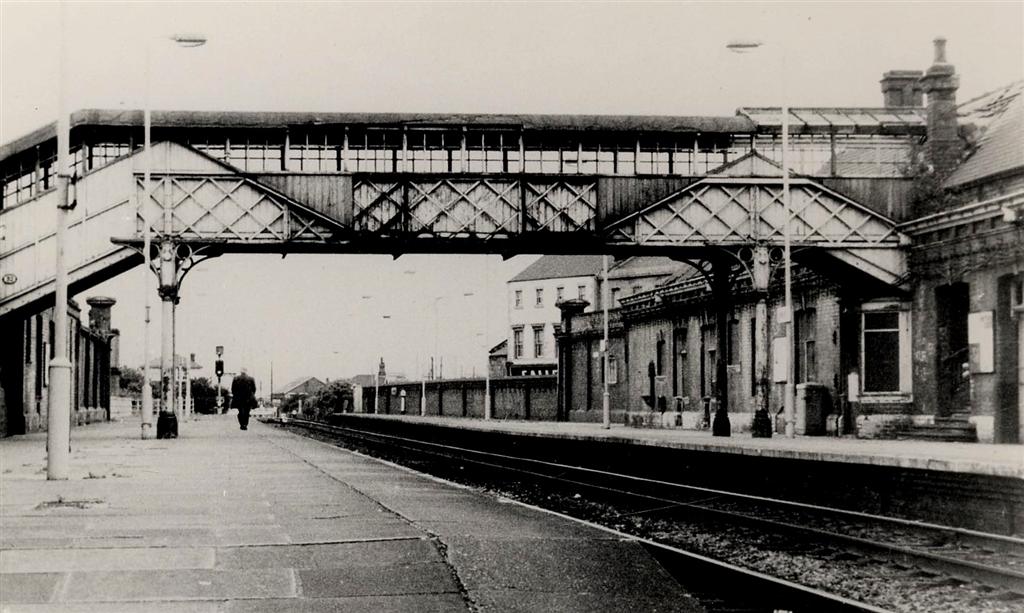
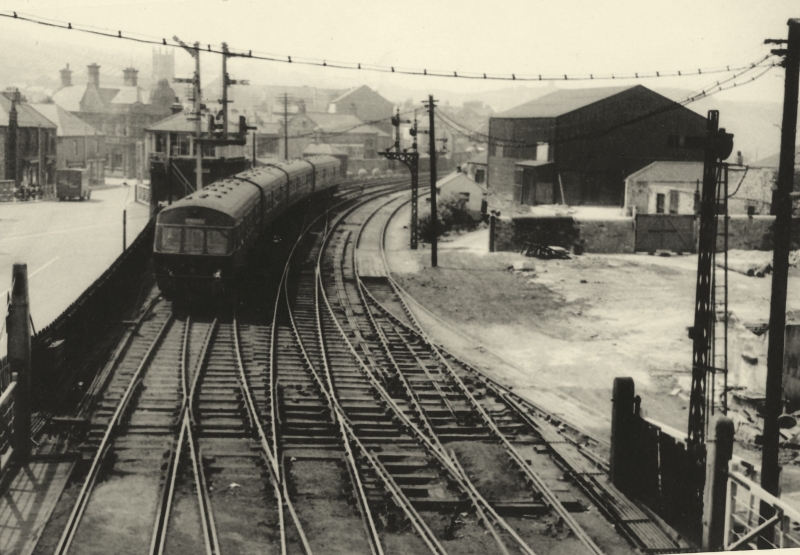
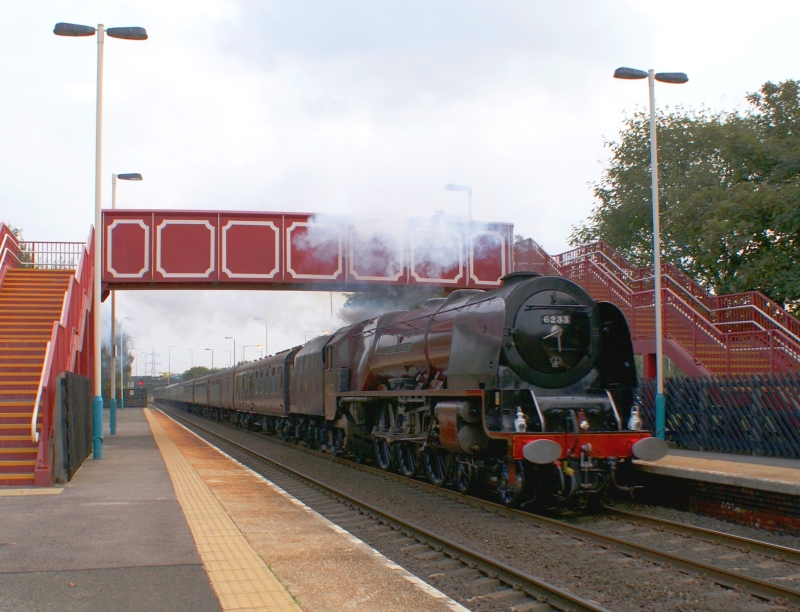
BLAYDON ENGINE SHED
Blaydon engine shed (BR code 52C) was situated along the north side of Chain Bridge Road, alongside the now closed rail route into Newcastle, which followed the north side of the Tyne via Scotswood Bridge and Elswick. There had been a locomotive shed at Blaydon since the creation of the Newcastle and Carlisle Railway, although little is known about it's nature and exact location.
The North Eastern Railway built shed opened in 1900 and had a double roundhouse. The shed provided locomotives for passenger and freight services on the Tyne Valley route, as well as other local lines such as those to Consett via the Derwent Valley, and the North British route from Hexham through to Kielder and Riccarton. The shed closed to steam in 1963 and shut completely in 1966. Although little evidence of the shed itself remains the shed offices still exist as part of the dairy complex now occupying the site. At the peak of the Beeching closures and replacement of steam with diesel, there was a short period when substantial numbers os steam locos were stored in the carriage sidings north the sheds, ready for scrapping. Rows and rows of them which together with the empty sheds made for a rather forelorn sight. Although at its peak Blaydon Depot, 52C, was a significant depot for steam engines with large numbers based there, photographs of the shed buildings, and the twin roundhouse with locos standing, are quite rare but see under, thanks to the great rail enthusiast and photographer, the late Ken Hoole.
Below are five photos taken by the late Ken Hoole, three showing the sheds in their prime and underneath the shed buildings/office and twin roundhouse standing empty at the time of their closure. The photos must not be copied or reproduced in any way.
Credit - sincere thanks for kind permission © Ken Hoole Collection (Head of Steam - Darlington Railway Museum).
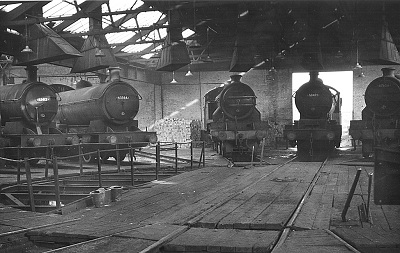
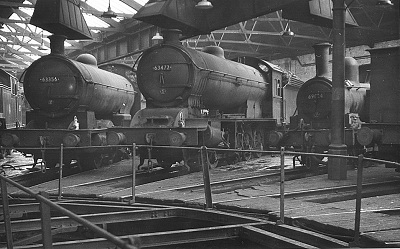
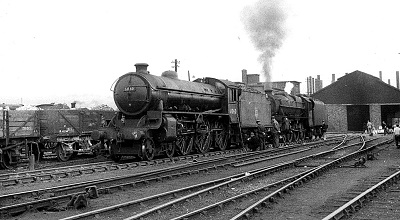
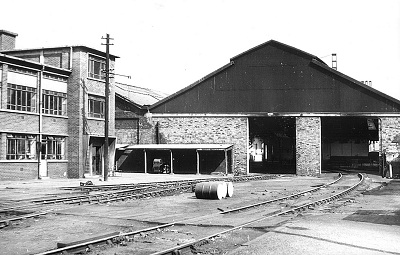
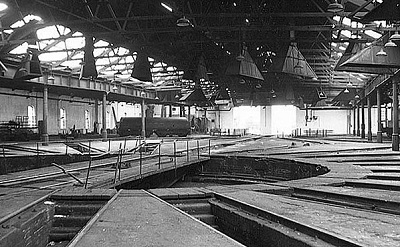
And below a photo of a class J94 68035 at the front of the shed roundhouse building. Inside the shed are J39 locos. Thanks to regular contributor Les Page for sending me the photo and to his cousin Keith Page who actually took it, back in the 1950s.
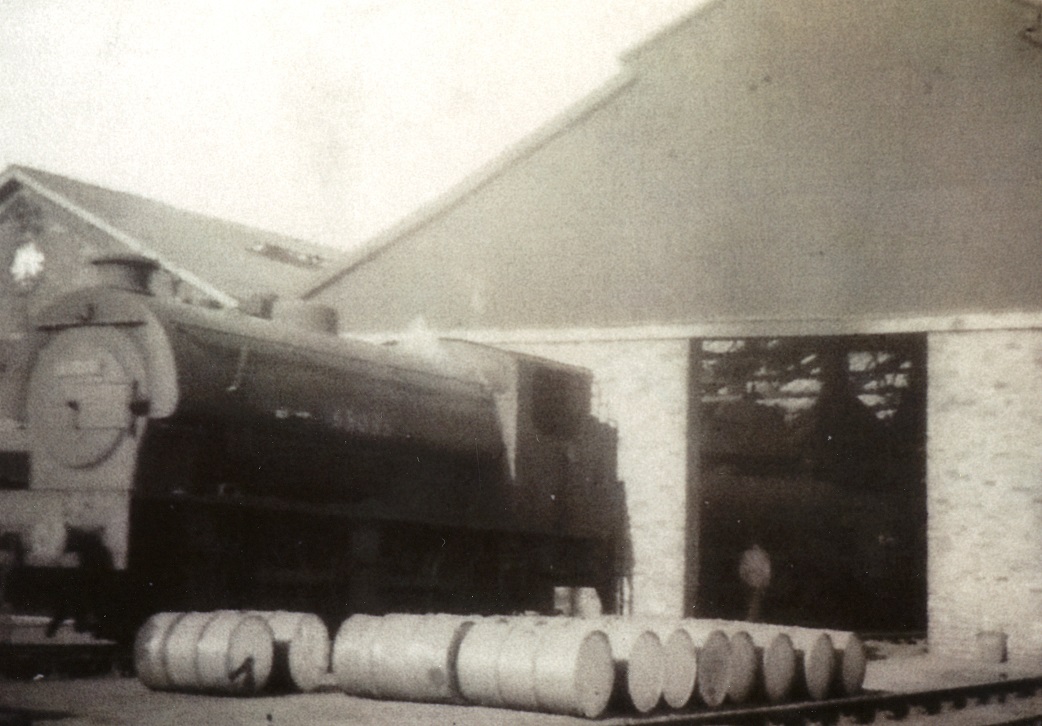
The six photographs below show general views of the railway at Blaydon. The three steam loco photos are by Jack Teasdale.
Top left shows a Peppercorn K1 emerging from the shed, with the extensive carriage storage sidings and Blaydon Haughs (The Spike) in the background.
Top right is Thompson B1 61022 'Sassaby' heading into the the shed.
Centre left shows a Gresley V3 locomotive at Blaydon in the late 1950's.
Centre right is a view of Blaydon signal box in 2009.
Bottom left is the preserved water fountain from Blaydon. Dating from the Newcastle and Carlisle railway, this item is now at the NRM at York.
Bottom right is the office building for the Blaydon Engine Sheds, since used as offices for Blaydon Creamery but currently standing empty. The twin roundhouse was just a few yards to the east of it.
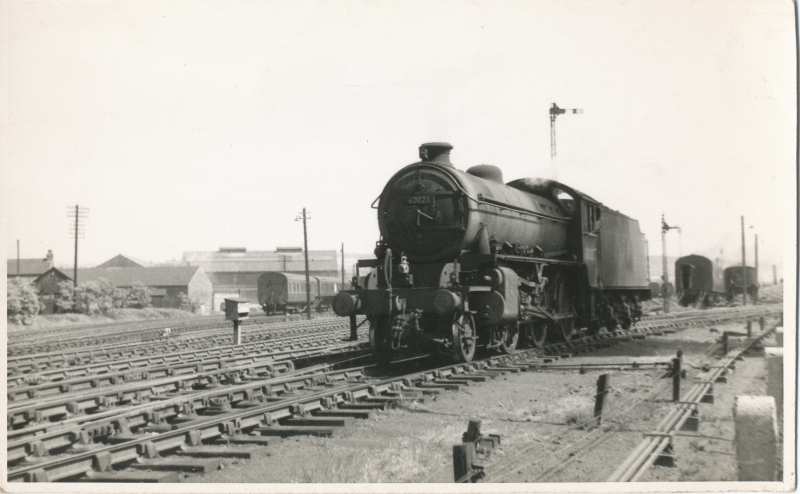
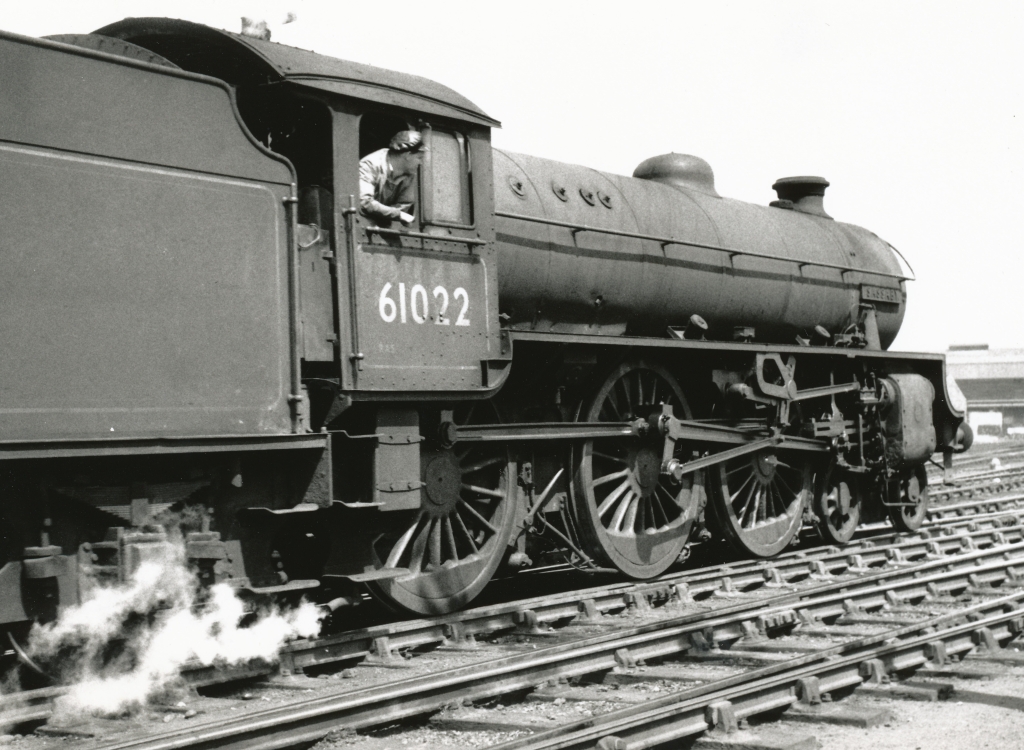

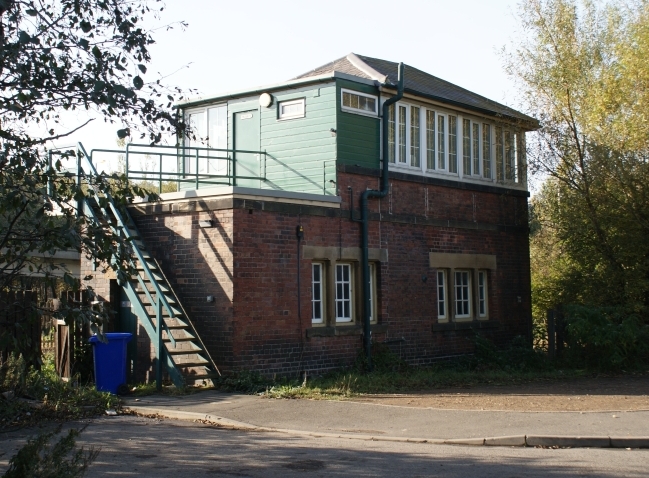
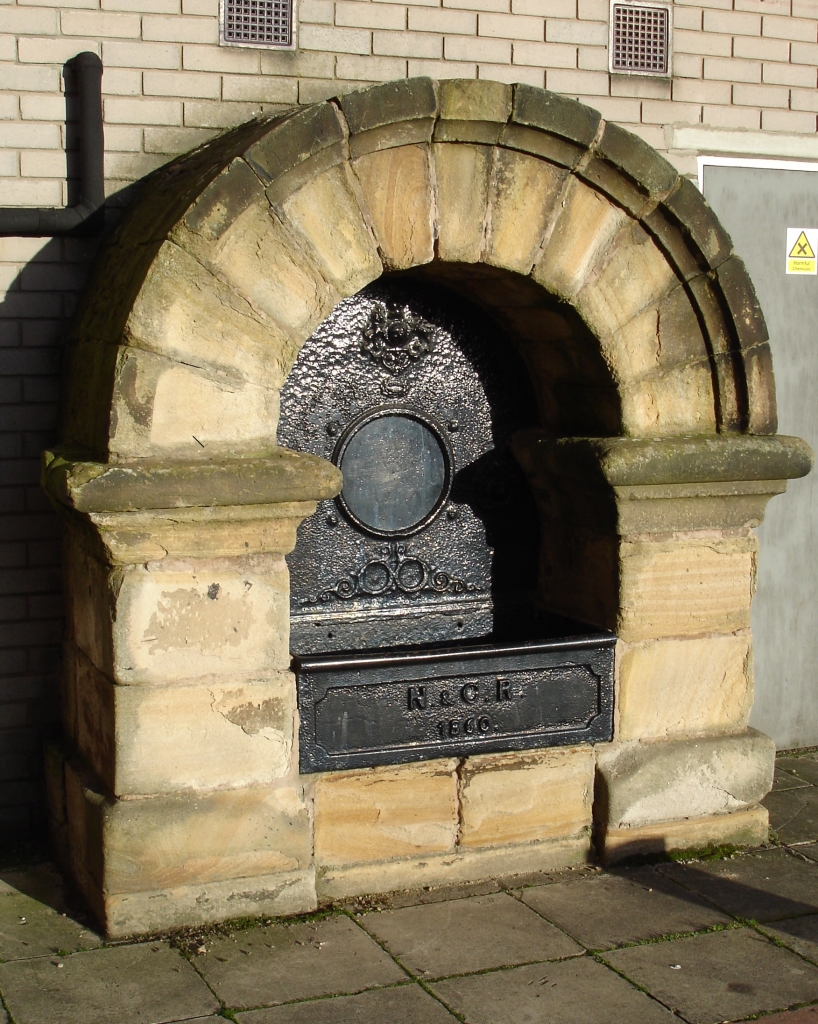
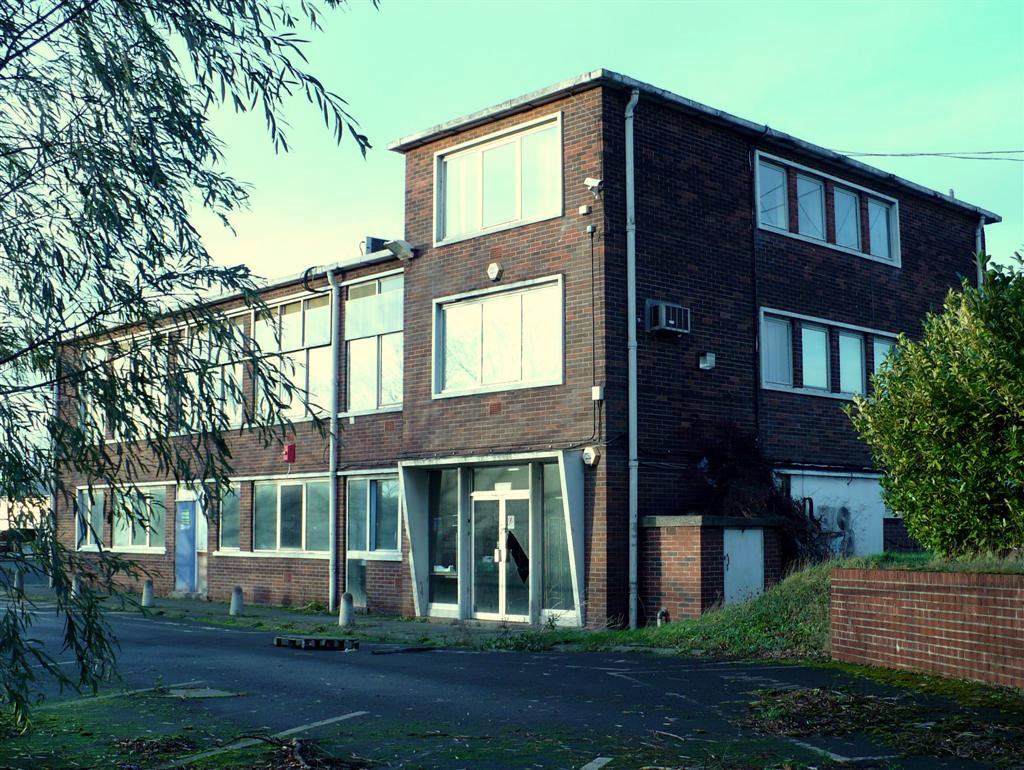
Thanks to Keith Page, who took the photo below in the early 1950s. It shows an unidentified V1/V3 2-6-2 loco headed east towards Newcastle, on the bridge over the Tyne that linked Blaydon and Scotswood. The factory in the background is the world famous Armstrong Engineering Works at Scotswood (Vickers Armstrong in later years) and the chimneys are part of the Adamsez ceramic factory, which made toilet fixtures and fittings.
Armstrong's engineering shops ran from Scotswood to Newcastle, a distance of four miles. It was said to be the biggest factory complex in the world in its heyday.
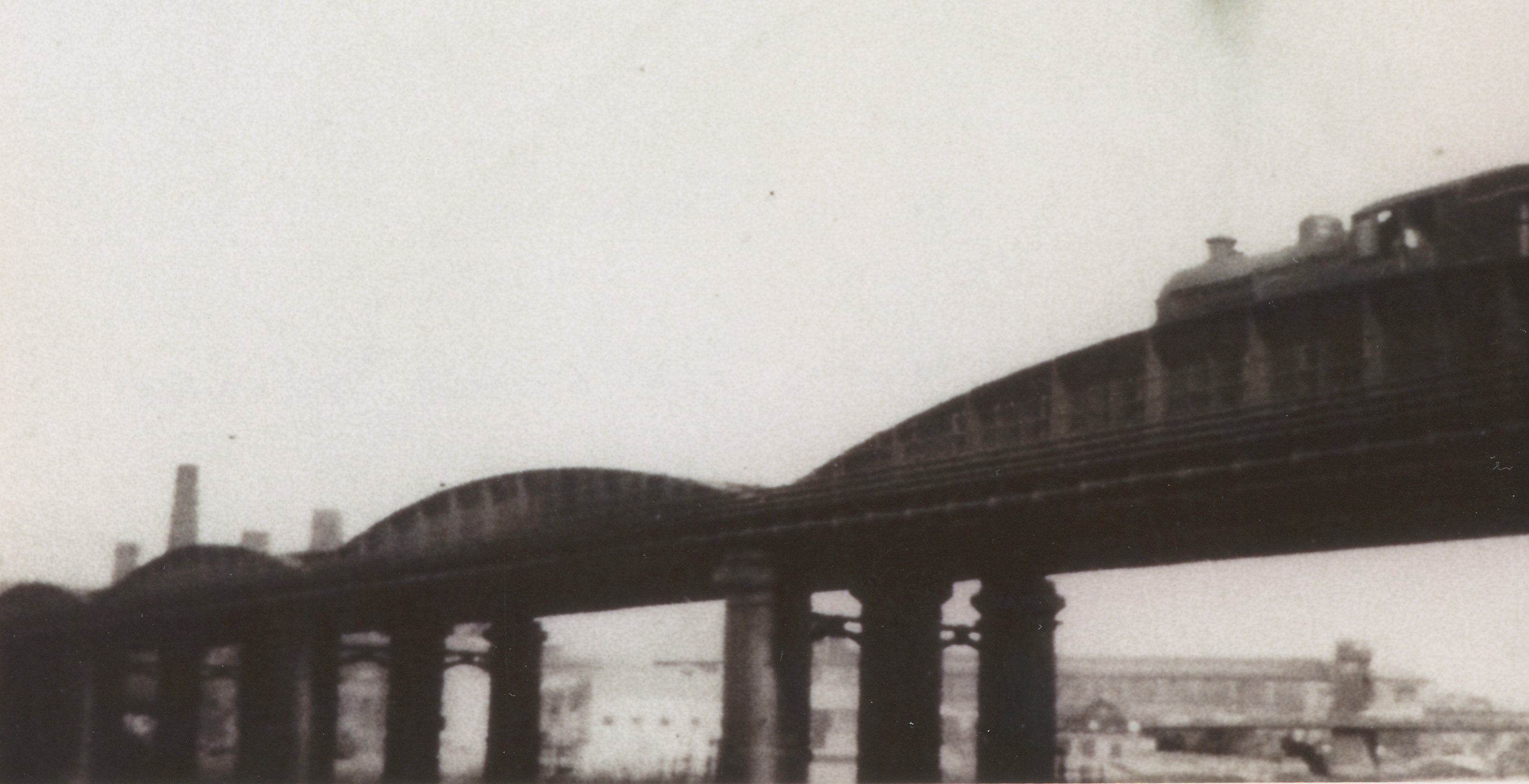
Stephen Veitch
16th January 2012
For more information on our local area history, our unique dialect, our wealth of dialect songs and other topics please visit the home page menu - link below.
Back to Home Page